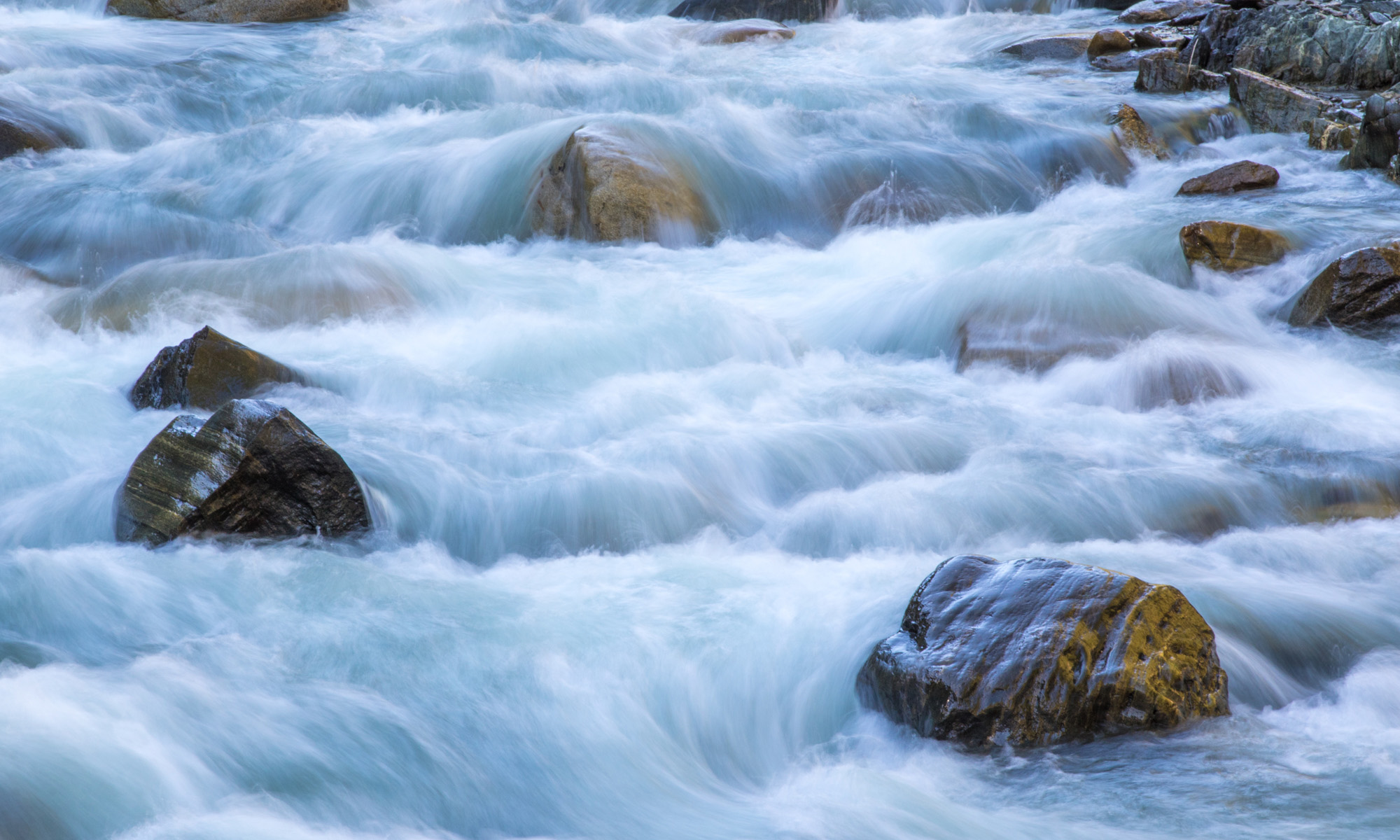Today’s Question: Is there a way to see the size of an image in Lightroom Classic? The metadata panel shows image dimensions, but I haven’t found a way to see file size.
Tim’s Quick Answer: Yes, you can view the file size for an image in Lightroom Classic by selecting the “EXIF and IPTC” view for Metadata, or by customizing the Default view to include the File Size field.
More Detail: Most of the view options for the Metadata section of the right panel in the Library module in Lightroom Classic don’t display the file size for the currently selected image. However, there are a couple of ways you can include the file size in the Metadata section.
One option is to select “EXIF and IPTC” from the popup to the left of the Metadata heading, which will switch the view to include a wide range of metadata fields. This includes many of the details of EXIF metadata that were recorded by the camera, as well as some of the more photojournalism focused fields included in the IPTC standard. The File Size field is also displayed with this view option.
Another way to display the file size is to customize the Default metadata view to include the File Size field, or any other fields you’d like to include (or exclude). The first step is to choose Default from the popup to the left of the Metadata heading. Then click the Customize button at the bottom of the Metadata section to bring up the “Customize Metadata Default Panel” dialog.
You can then turn on the checkbox for any fields you would like to display, including the “File Size” checkbox in this case. You can also turn off the checkbox for any of the fields you don’t want to include in this view. If you want to change the order of the fields in the Metadata section, click the Arrange button. This will bring up the “Arrange Metadata Default Panel” dialog, where you can drag the metadata fields into your preferred order. Click the Save button when you’re finished arranging the metadata fields, or if you didn’t use the arrange feature you can click the Done button to close the “Customize Metadata Default Panel” dialog.
Once you’ve customized the settings for the Default view option for the Metadata section, simply select Default from the popup whenever you want to view only the metadata fields you chose to enable.

